How to Choose a Non-toxic Mattress or Futon (and What’s the Difference)
Written by:
Maia James
01/04/2016
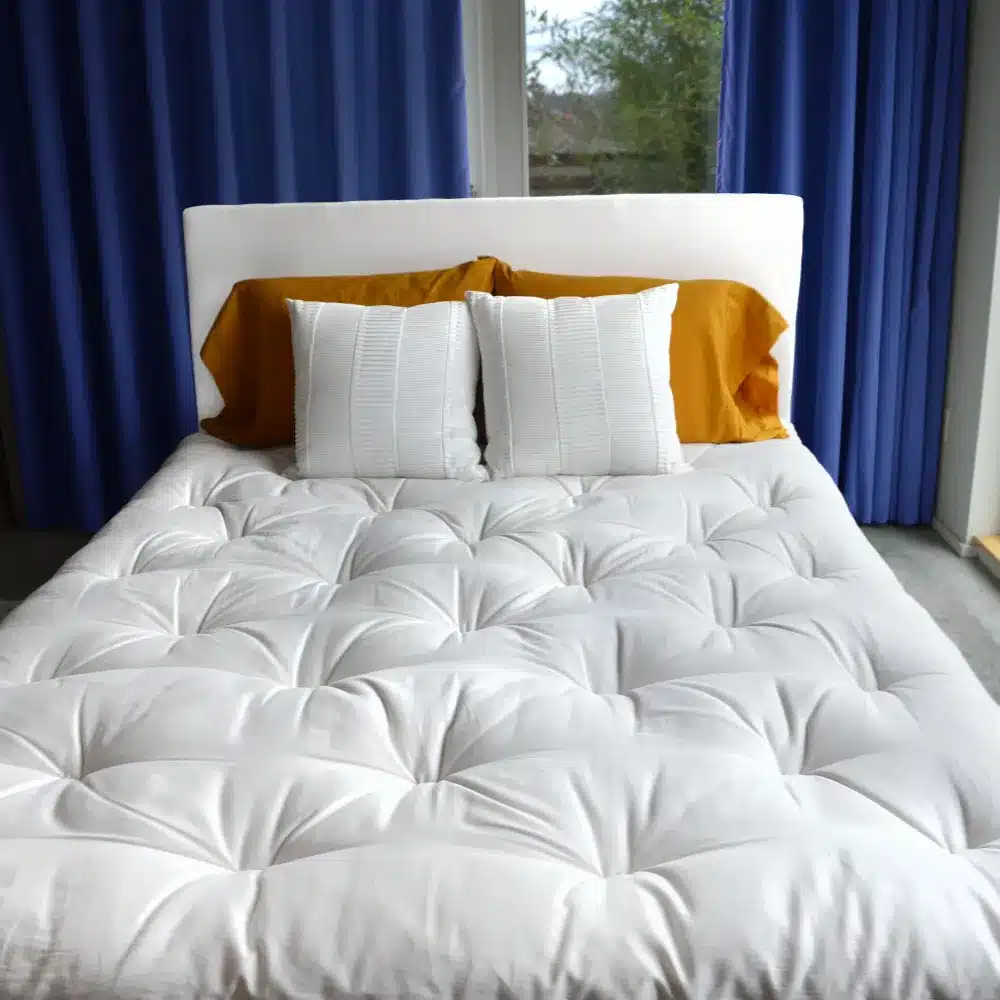
Updated: 01/11/2024
Looking for a different guide? Browse them all HERE.
Happy New Year! Did you resolve to purge toxins from your home in 2016? If so, you will find our e-book, Detox Your Home in 4 Weeks, an easy guide. I hope it brings you improved indoor air quality, health, and peace of mind.
You’ve probably noticed that at Gimme the Good Stuff we talk a lot about the importance of sleeping on a non-toxic mattress. I’m also aware that all of the mattresses I recommend you purchase are at least a couple thousand dollars, and sometimes much more. Many of you have asked about getting a futon instead of a mattress, as futons tend to be less expensive.
I made this video to explain the difference between a natural, non-toxic mattress and a futon. I’ll also show you what these both look like, including a cross-section of the inside of some White Lotus models.
My Favorite Non-Toxic Mattress
Happsy
Happsy is the best non-toxic mattress-in-a-box option on the market, and comes with a 120-day trial period. Happsy is manufactured by Naturepedic, but is a more affordable option, while still getting high marks for comfort. When it’s time to replace my kids’ mattresses, this is the brand I plan to purchase.
Happsy is certified by GOTS, GOLS, and GreenGuard. Queens go for $1,399.
Use code GIMME225 for $225 off mattresses. (With this discount, Happsy is the most affordable Best Stuff mattress.)

My Favorite Non Toxic Futon
White Lotus
White Lotus sent along a big box of samples of all of their sumptuous, natural materials when I first reviewed them. They are one of our favorite brands to work with, and they have demonstrated a clear commitment to producing non-toxic mattresses.
White Lotus has a GOTS certification for their materials, and they use some cool ingredients in their products, including:
- Kapok to stuff their mattresses. The “harvesting of the kapok pods provides jobs to indigenous people and helps maintain this vanishing ecosystem,” according to the White Lotus website.
- Wholesale green cotton, which is totally unprocessed once harvested from the bolls – no bleaches, dyes, or fungicides.
- Wool, which is 100%-virgin, lamb’s wool.
- Organic buckwheat hulls (for pillows).
- 100% natural latex (from rubber trees).
What You’ll Learn In This Video
When choosing a mattress or a futon you’ll want to avoid:
- Polyurethane foam (Opt for 100% pure latex instead.)
- Any mattress that’s treated with flame retardants (Wool acts as a natural flame barrier.)
The key difference between a natural futon and a natural mattress are:
- The futon won’t have handles on the side, so they are harder to move around.
- A futon will be slightly thinner than a mattress (usually around 5 inches think rather than 8 or 9 inches).
- Futons should cost around 15% less than a mattress.
What you may be surprised to learn is that both organic mattresses and organic futons are made from the same materials (typically wool, cotton, and latex), and you can put a mattress on a futon frame and a futon on a bed.
I had a blast making this video, and am grateful to White Lotus for letting us shoot it in their super cool DUMBO store. You’ll notice my mom babysitting Wolfie in the background! I don’t totally love watching myself on camera, but we will be rolling out some more videos in the coming month, so I will have to get used to it. Let us know what you think!
Stay sane,


Maia, Founder & CEO
Note: This article contains affiliate links or sponsored content, which means that if you make a purchase, we may earn a commission. We only recommend products that meet our strict standards for non-toxicity and that we use (or want to use!) ourselves. Thank you so much for supporting the brands that make Good Stuff!
Enjoying this guide?
Join 60K families who rely on our free guides on everything from milk to mattresses! Sign up to get $5 off your first order, access to our ultimate Clean Products Cheat Sheet, and ongoing exclusive access to coupon codes and promotions. Our weekly newsletter is filled with well researched tips and tricks to live a toxin-free lifestyle.
Related Posts
Start Here: 5 Crucial Steps to Decrease Toxins in Your Home
Are Serta Mattresses Toxic?
How to Choose the Best Air Filter
Best Non-Toxic Mattress Shopping Guide
-
In bed, a person usually spends more time than on chairs, sofas or armchairs, etc. Therefore, on the correct choice of beds, our health depends more than on other furniture items, and its choice should be approached very seriously. The choice of an eco-friendly organic mattress will allow you and your family enjoying special benefits:
-
How about Loom and Leaf? It seems like they make mattresses without a lot of bad stuff but it’s not completely chemical free. Any thoughts.
-
Hi Mallory,
Loom & Leaf falls short of our “Good Stuff” standards. There is a lot of deceptive marketing in the industry and it can be very difficult to tell “Good Stuff” from “Sneaky Stuff”.
Feel free to contact me directly at john@gimmethegoodstuff.org and I can help you sort through thingsThanks,
John
-
-
What are your thoughts about dunlopillo mattresses?
-
Dunlopillo shows no certificates, nor do they discuss the subject of toxicity. I don’t think it is their “thing”.
-
-
I just wanted to take a sec to say THANK YOU!
My husband has had some chemical and hormonal imbalanced in his body (showing up in all kinds of testing) for several years now, and during some research and reading online I came across your website. Its been almost 2 years now that we’ve changed to a more non toxic lifestyle and the results of such changes are literally showing up in his most resent bloodwork. I’ve followed your buying guide and switched everything from, body care (deodorant, washes, lotions, toothpaste, shampoos etc) , house cleaners (dish soaps, all purpose cleaners, laundry etc) and soon a new safer mattress and It so nice to know I can just allow YOU to do all the hard work and know its safe.In the beginning I was simply shocked at seeing all the harmful things I had unknowingly exposed my family too. I remember after binge reading your blog I went through the entire house and placed every harmful thing I could find on our dining room table, which was overflowing, and took a long hard look. It really took some time for my husband to believe all these toxin could be harming his body but he’s such a believer now, even finding safer alternatives to accommodate his hunting addiction more safely since he’s used to applying toxic scent killers and specialty washes to his body. Anyway-all that to say thanks! We are safer, healthier and more knowledgeable because of you and your team.
-
To quote our Safe Mattress Guide: “Second-party certifications are made by trade associations; the certification is to ensure eligibility of products. CertiPUR–which was “developed by members of the global foam industry”–is one such example. While it does certify that mattresses that are not treated with PBDEs, it still indicates a polyurethane mattress.”
-
What are you thoughts on the Certi-Pur Certification? Does it make the Polyurethane foam better or okay? Or is that just a chemical company trying to make us believe that the chemicals they produce are “safe”?


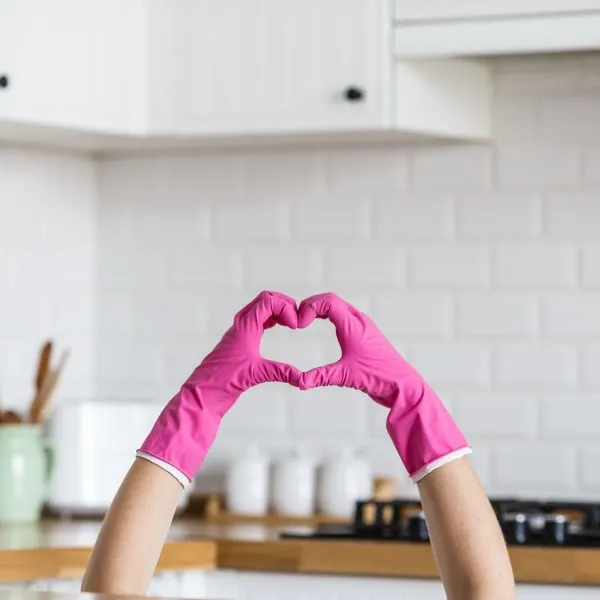
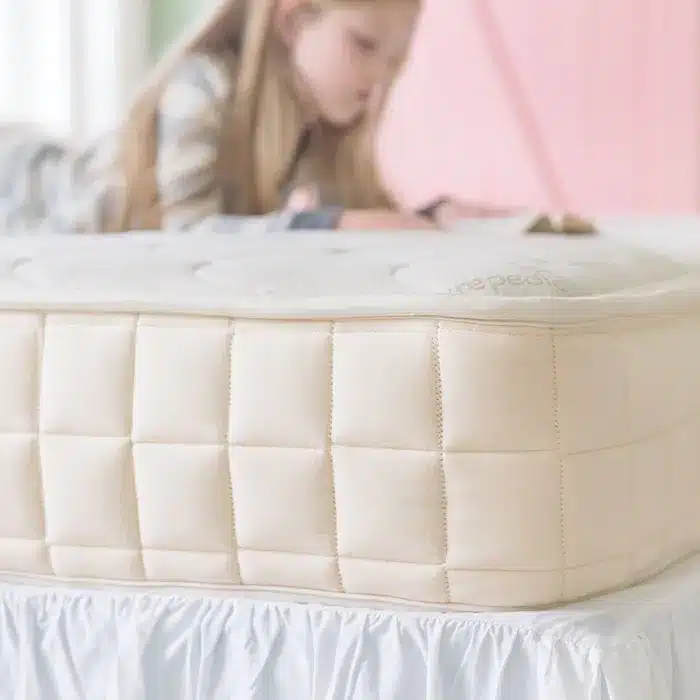
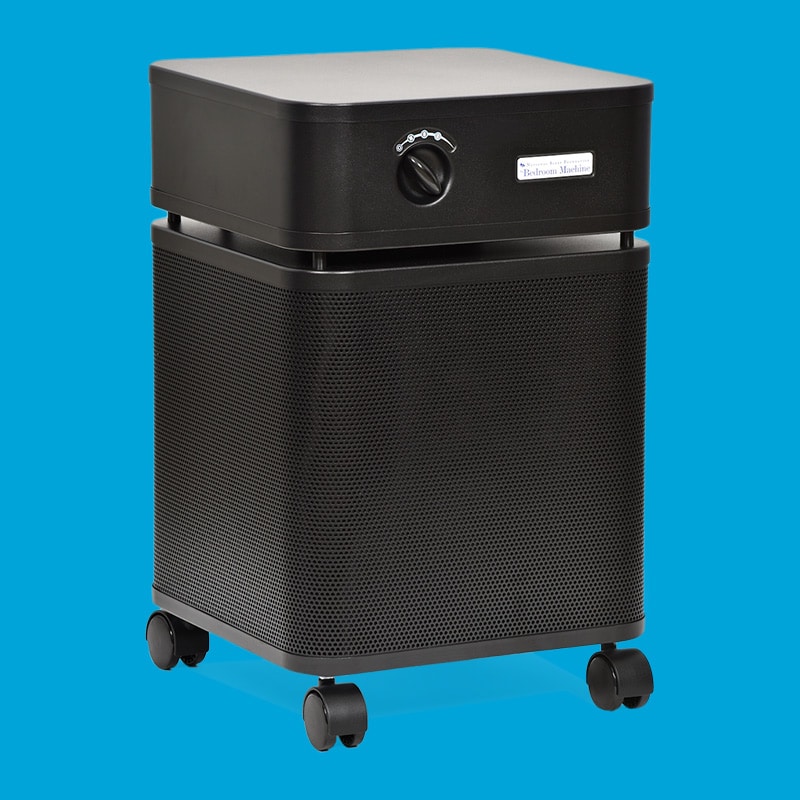
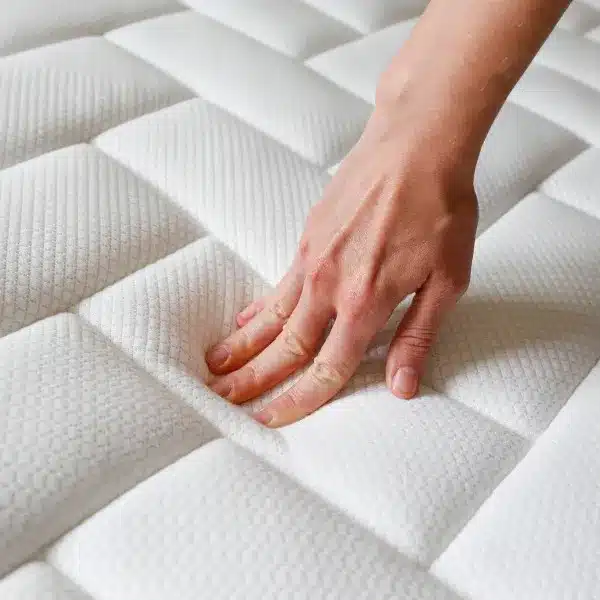
Leave a Reply
You must be logged in to post a comment.